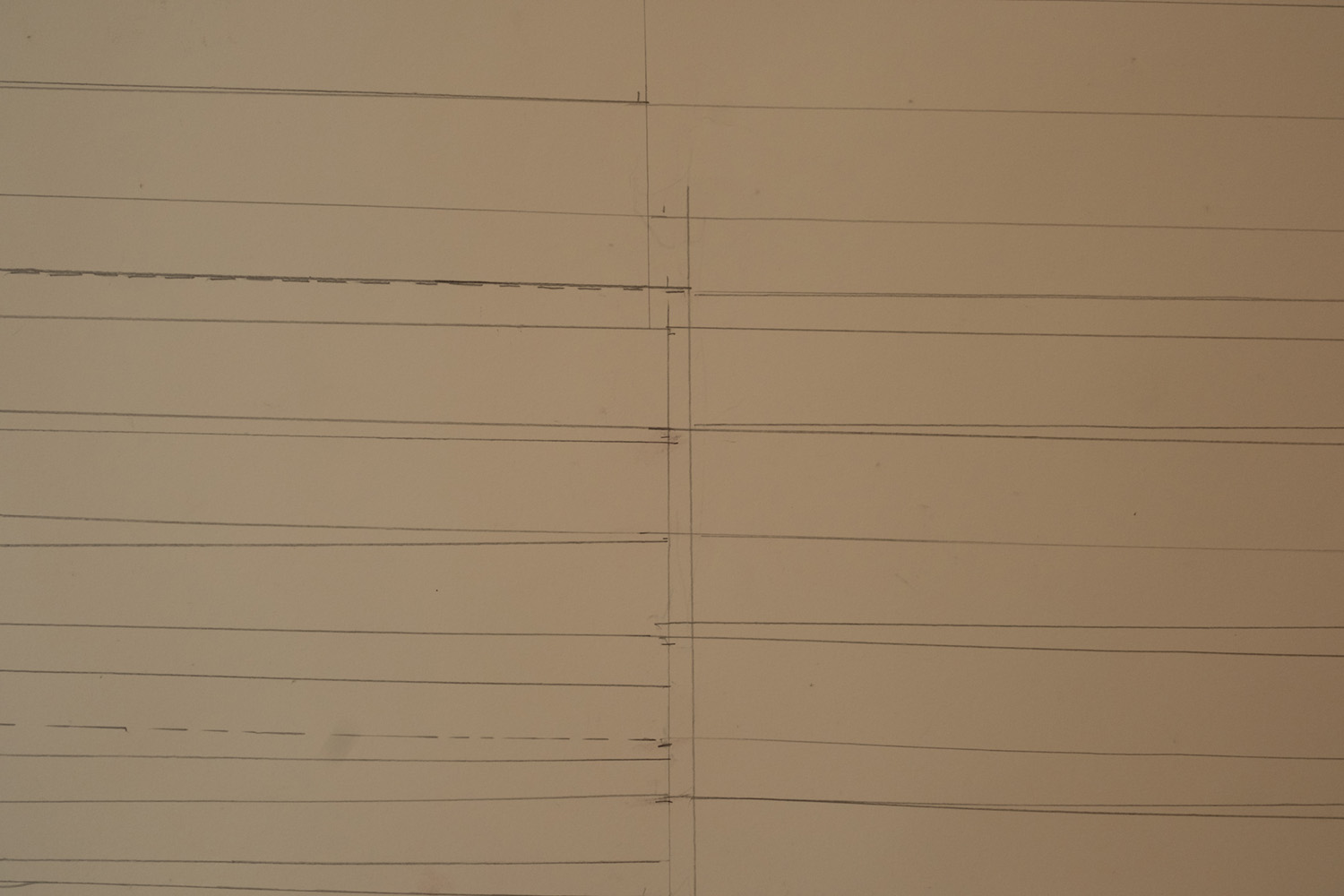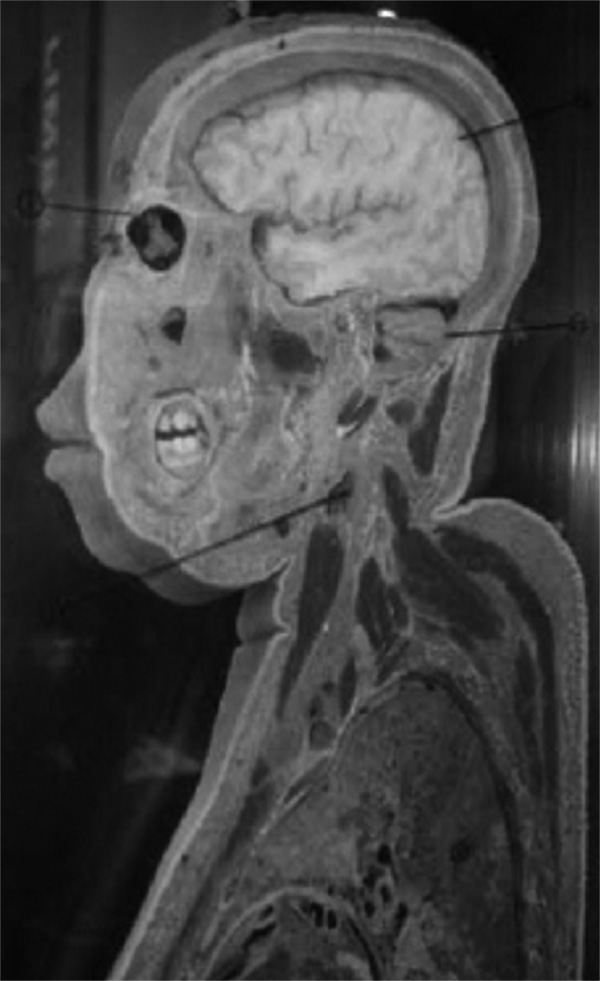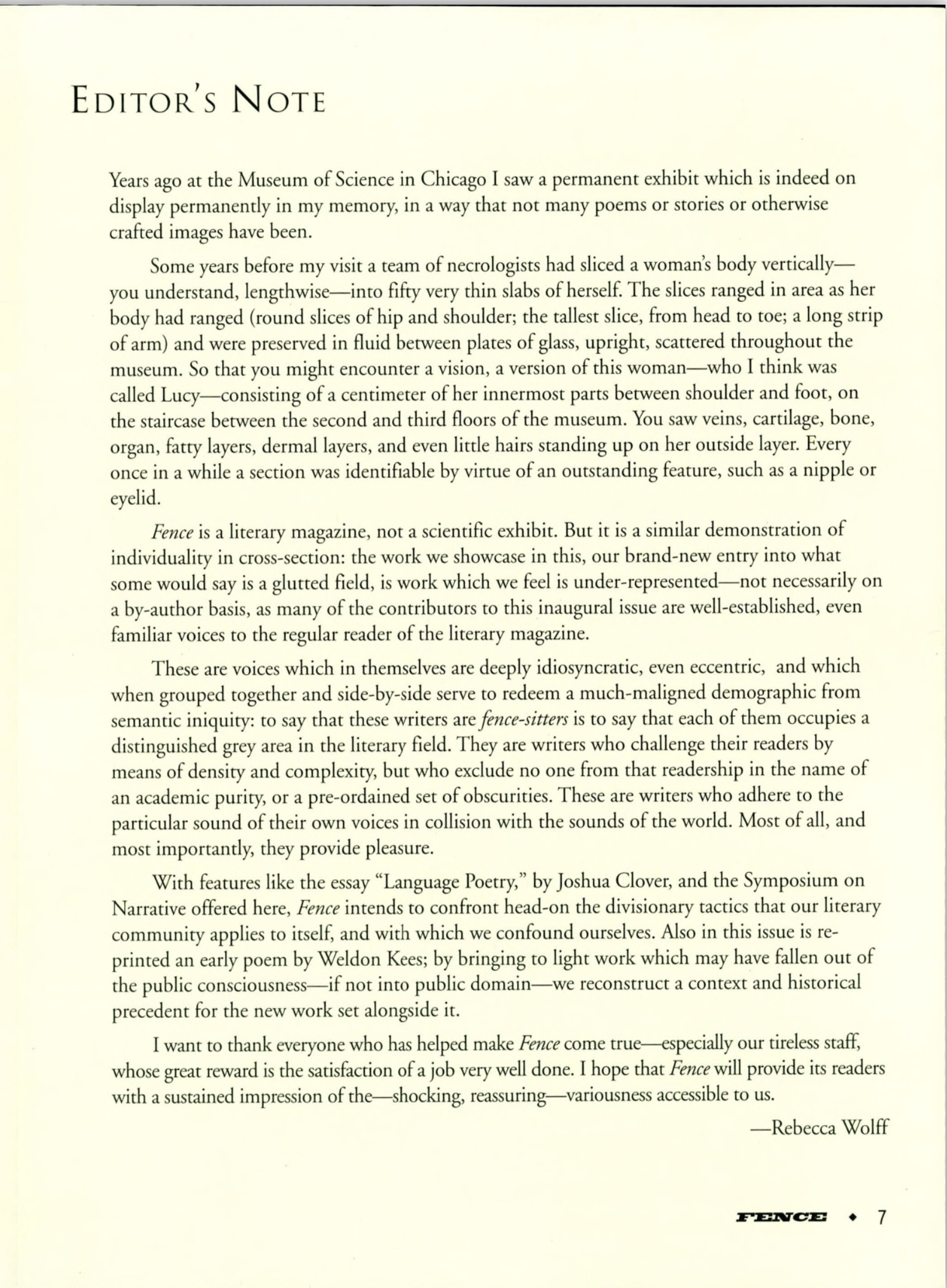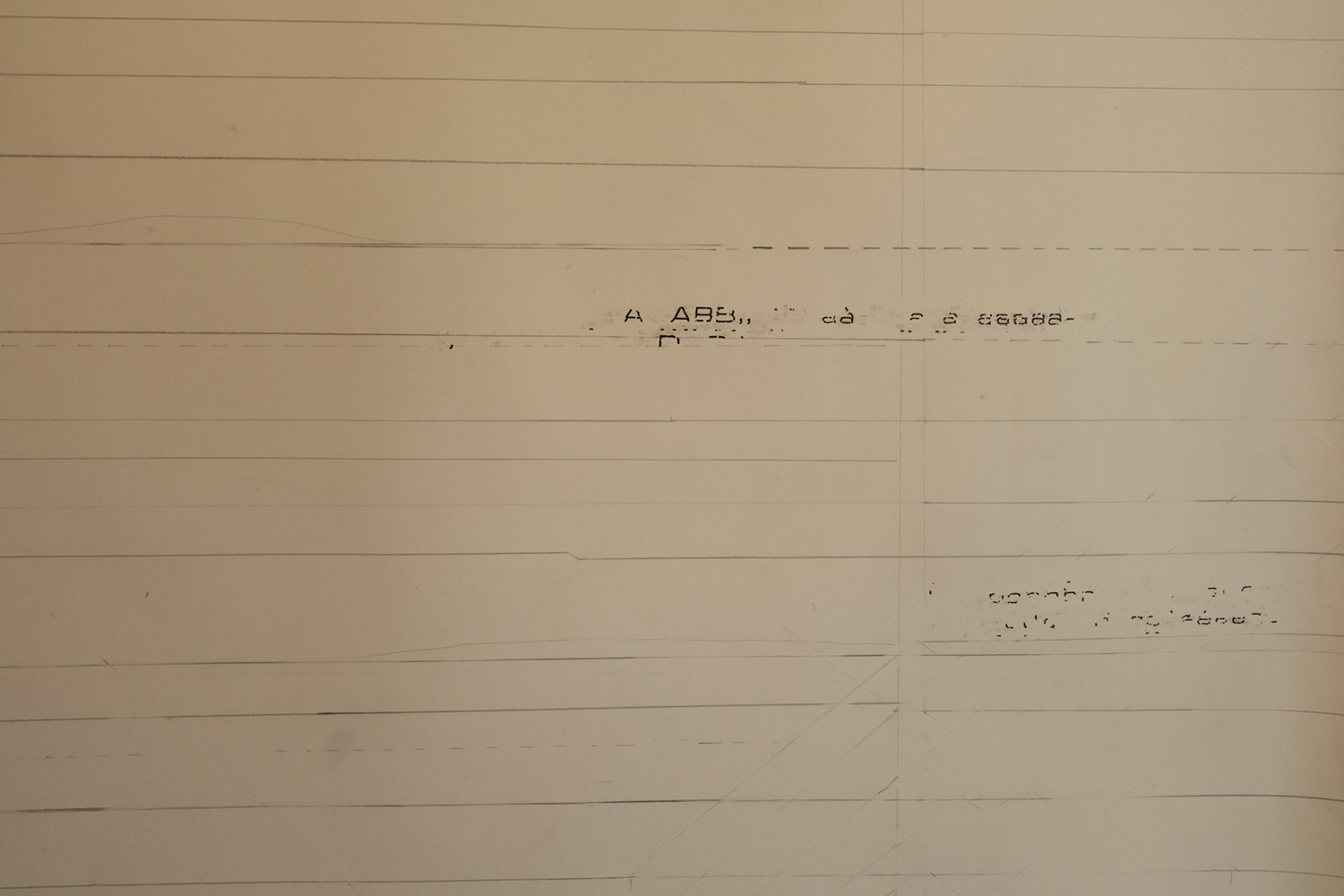Spencer: What initially interested me about the proposal for the ESS/Fence residency was the connection being made between written poetry and recorded sound. To approach this collaboration by allowing the chosen artists access to each organization’s respective treasure troves of recorded material is a fantastic gesture of geniality and good faith.
I’ve been a poet my whole life, and to me, the element of time essential to both poetry and music, the element that allows direct access to the realm of emotionality, was intriguing. In my own practice, the fact that the use of sound introduces the essential element of time to visual art made this project even more appealing.

My recent approach to Sound has been to shun digital technology in favor of creating a mood VISUALLY that appeals to a semi-analytical approach to listening using the traditional practices of Drawing, Painting, Sculpture, Print Media, Photography, and Video, appearing to be philosophically driven and informed by Western Art History, yet which in the end reaches into what I call (S)Aurrealism — that is the use of sound in a visual context to unmoor, undermine, or cause one to reflect on the manner in which a viewer/listener confronts visual art.
The finished piece that I am submitting for the ESS/FENCE 2023 Residency is a graphite on paper drawing that is part of my series of disrupted silent piano scores (which bear more of a resemblance to seismographic charts or lie detector tests) that has been modified and drawn specifically to be based on entries from the FENCE Poetry magazine archives.
In this case, the impetus for the piece was not reflective of a single or combined poems, but is drawn from the Editor’s Note of the 1998 Fall/Winter Edition written by Rebecca Wolff, which serves as the general reader’s introduction to the publication, in short the magazine’s raison d’etre.
The author describes a human cisgender female body that has been cut into 50 equal vertical slices, presented between glass so that each slice shows a fragment of the once complete human vessel. I am using the structure of the presentation of the body to reflect the structure of the drawing, which acts to reflect the calmness and serenity that is embodied in many of my ambient compositions.


The drawing will be presented horizontally rather than vertically to represent the body at rest rather than at active attention. The drawing will be presented as part of the series of silent piano scores that I have already completed to be presented at the Experimental Sound Studio’s Audible Gallery in September of this year.
The aesthetic philosophy of Zen Buddhism became very important in terms of how I thought about merging pedagogical sound art approaches and practices with Modernist Abstraction in painting around 2019 and became an important aspect of creating my own art, which is not limited to any specific medium, though I lean towards painting and identify both as a painter and as a sound artist.
For me, writing poetry is about the act of putting pencil to paper, letting go of any limitations, immersing oneself in your imagination and following a feeling–hesitant, certain, suspicious, gleeful. In my own work, the pencil and the paper form the groundwork of many subsequent artistic ventures. The pencil gets the idea out, the paper records it, and the mark can always be erased.

Therefore, the work I have selected is based on that practice as it pertains to drawing, which is my foundational medium. Philip Guston’s practice, which also centers around the application of graphite to paper, and Agnes Martin’s perfect tonally hued canvases inspired me to make the silent piano scores. They are intended to introduce a purely time-based approach to looking at a drawing without directly engaging sound as the referential time-based medium or providing a narrative visual presentation of observable subject matter other than the delineation of 49 lines itself.
Without subject matter, the organizing structure imprinted on the paper becomes the image.
Upon this prepared surface, this ground, I will project a tone poem of sorts; several tracks of audio playing non-musical sine wave tones.
Alyssa Perry’s poetry is highly structural as well, lending me to believe that this mode of drawing does indeed serve best when paired with Alyssa’s highly cerebral finely engineered language. The text marches through the page, stanza by stanza, line by line containing fluid chambers when one stands back to digest exactly what it is one just read. The text reads like stereo instructions, as if it is matched for something more tenebrous than a simple page. Something that can be endlessly twisted, fondled and manipulated like an engineered recorder of data that travels at a surprisingly deft speed in spite of the syntax’s lugubrious structure.
The drawing, and the poetry which I have generated from the archival source material are accompanied by a sound recording meant to act as an aural equivalence to the finished visual work. The sound piece, which I refer to as an Audio Tapestry, is comprised of raw sine wave tones of different non-harmonic frequencies representing the lines of the drawing that increase or decrease in volume as the lines increase or decrease in visibility. Throughout several tracks, the tones merge in and out of each other, are disrupted or terminate in their own time. Reading the poem back to oneself while looking at the drawing and listening to the audio portion acts to complete the totally immersive experience of the Art.
Visit Spencer's bandcamp site, where one can listen to the Audio Tapestry, the audio portion of the project, as well as all of Spencer's music projects. You can listen to the Audio Tapestry here just below as well.
The Poem:
This poem is a composite of other lines of poetry written by different published authors from the FENCE archives as well as my own contributions. It is my recombination and reorganization of their texts that produces the final piece:
Ownership is abstraction’s embrace.
And this dynamic female form,
The world of abstraction is a world of surfaces, presenting the dissected whole and pressed firmly under glass,
Akin to flora under the aqua patina of a Northern Borealis. What a form whose mass has been dispersed.
Wake up! Eat this shattering pastry,
Who was once an exotic unreachable hysterical girl, yet which now lies as a specimen under glass.
A girl.
I know dismemberment means having lost one’s members or had them removed. By members I mean limbs. I know dismemberment can’t be undone. I know dismember and remember are related etymologically.
If I could, I’d say something about love.
Into the loud (abyss) I wrote that (word) that middles you in my head.
Then the torch song returns…
Twangs my loaded silence;
IT, the silence freckled with all hands,
Mixing Albegra with text,
The undercurrent of erotic life moving through masks grafted onto genes.
Love’s object present to language-
Spencer Hutchinson (Chicago, IL) was a Multi-Media Visual and Sound Artist, a 2009 BFA Graduate of The School of the Art Institute of Chicago, where he studied Painting, Sound and New Media, and a 2020 MFA Graduate from The University of Illinois at Chicago where he studied Studio Arts and received his degree in New Media Studies. Between earning his degrees he studied painting, electronic music production, 3D Animation and Virtual Reality at Indiana University, as well as Drawing/Art History, Theory and Criticism at The University of Chicago as a non-degree seeking student. Spencer Hutchinson has shown work nationally and internationally in Italy, Mexico, and the U.K.
Instagram: @nihon0019
Bandcamp: Ersatz Modem
Vimeo: Ersatz Modem
